Targeting Health Practitioners
The B2B healthcare digital marketing world is constantly evolving. With the downfall of third-party cookies, new ad-support technologies, and shifting behaviours, digital advertising strategies must grow faster than ever to keep up with the changes.
The rise of telehealth and electronic health records has forced many into a digital landscape, meaning more are frequently online, and more data is captured on their user behaviours. This means that there is more opportunity for digital advertising to reach and connect with an audience that is notoriously difficult to reach.
To get cut through when marketing to them, it is essential to speak their language. Ads must focus on what Healthcare Practitioners care about and convey how products, medications, or devices can help them. Ads must focus on values, not only features, such as patient ease, helping staff and providing better care.
Using geofencing technology is another way to reach Healthcare Practitioners in the medical mindset. It is crucial to get content in front of Healthcare Practitioners when they are more likely to click. When they are at work, they may be more aware of the issues that are happening within their practice and the need to find a solution. Strategic ad creative can deliver these messages. The likelihood to click is enhanced by delivering ads to Healthcare Practitioners and physicians based on their physical location, such as at work or an industry conference.
While healthcare websites have been considered the most effective way to market to Healthcare Practitioners, the high cost has made it hard to get a decent ROI with advertising. A cost-efficient alternative is to build marketing strategies around non-healthcare websites and contextual targeting, such as an ad appearing on Bing or The Australian within an article about medical innovation. Smart programmatic advertising allows this, with the ability to follow the target audience around the internet, increasing the awareness of your Healthcare product.
It is also effective to advertise to providers on channels they would use in everyday life; video, search and social media. As these ecosystems evolve to offer more direct-response ad options, they provide a decent engagement rate and return on investment.
First-party Health Care Practitioner data can be used to target Healthcare Practitioners who meet an ideal customer profile and are more likely to engage with ads, resulting in higher engagement rates and cost efficiencies. However, there is a limitation here as you rely on singular network data to find new audiences. By using Health Care Practitioner data within a programmatic environment, you have the ability to reach a broader audience and use video and social to continue the story and drive qualified leads.
Understanding How Healthcare Practitioners Data is Revolutionising Programmatic Advertising in Healthcare
As the healthcare and programmatic worlds constantly change, targeting capabilities and ad tech companies introduce new technologies such as machine learning and artificial intelligence. However, one constant remains the need to reach Healthcare Practitioners in the most efficient way possible.
Healthcare Practitioners’ data is critical in powering programmatic campaigns, informing technology about which ad inventory to bid on. This ensures that impressions are only bid on when a Healthcare Practitioner in the target audience is on the other side, making an excellent way to reach this audience at scale.
Several data sources are available to power Healthcare Practitioner programmatic campaigns, including first-party/Healthcare Practitioner data, contextual data, demographic data, location-based data, and behavioural data. The use of accurate Healthcare Practitioners’ data is critical to any healthcare campaign, and it becomes increasingly essential as reliable data sources such as third-party cookies go away.
In fact, 80% of marketers rely on third-party cookies, and the collective spend on third-party audience data amounts to $19.7 billion. However, 37% of marketers waste spending due to insufficient data quality, while 35% suffer from inaccurate targeting. These are problems that can be solved with the right data.
Healthcare Practitioner data is essential to programmatic campaigns and boosts ROI by 5x-8x. These sources, such as first-party, contextual, and demographic data, help to improve match rates, lower impressions, and increase engagement, enabling cost-effective ad spend and reliable scaling. With the need to evolve in a constantly changing industry, this data improves performance, ensuring you spend on a high-value audience at the top of the marketing funnel.
The healthcare industry requires marketers to be flexible and adaptable, leveraging new technologies and data sources to reach their target audience effectively. By doing so, they can create the level of performance and cost-efficiency required for successful digital marketing.

